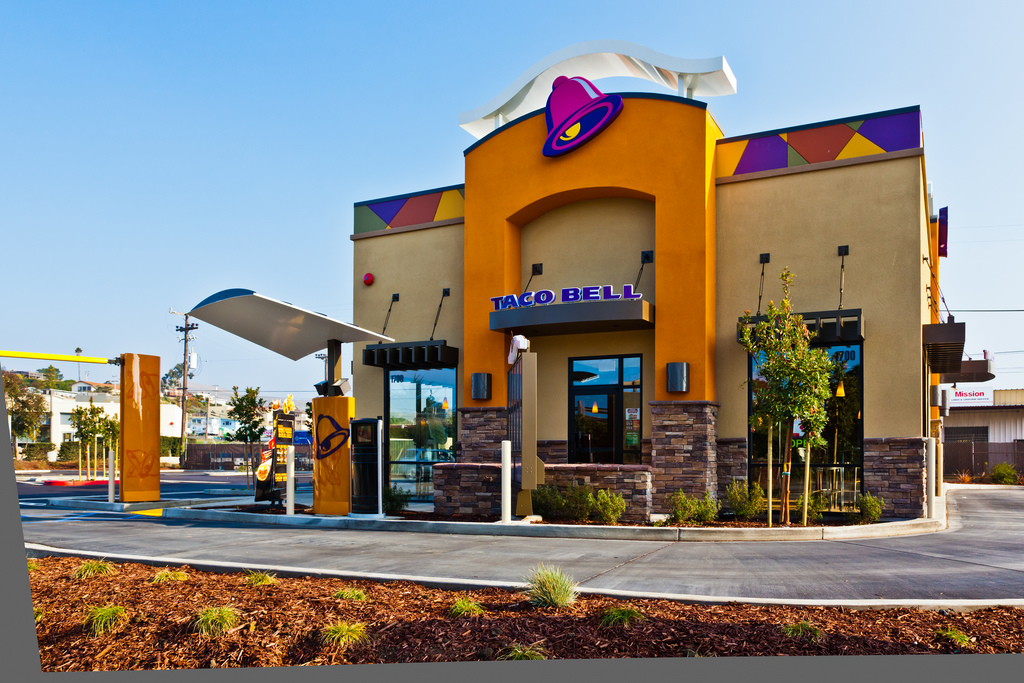Cultural appropriation vs. appreciation: Don’t Tex-Mex Mexican food
Cultural appropriation is the action of taking certain details of a culture while ignoring the original purpose or significance for one’s own benefit. Cultural appreciation is the recognition of quality and value. The cultural appropriation versus appreciation debate is currently taking place in the worlds of art, fashion and food.
Tex-Mex is a good platform to examine the distinction between cultural appropriation and appreciation. Texas is known for its Tex-Mex cuisine. Tex-Mex, as its name implies, is a combination of Mexican and American dishes created in the Rio Grande Valley, which is the part of Texas closest to Mexico.
Tex-Mex became its own unique culture and a good example to illustrate cultural appreciation. It is most popular in San Antonio and the southern border of Texas because it originated from the exchange of recipes between Tejanos, the dominant culture in the area at the time, and the early American settlers in Texas.
There is a significant difference between Tex-Mex and traditional Mexican cuisine. While some ingredients used in Tex-Mex dishes are common in authentic Mexican dishes, other ingredients aren’t typically used.
For example, cumin, garlic and chili are flavors dominant in chili con carne, a signature Tex-Mex dish. Cumin and garlic, which are used very often in Tex-Mex dishes, originated from Morocco. These ingredients don’t typically appear in traditional Mexican dishes. Today’s modern Tex-Mex has been integrated with even more cultures as new ingredients become available.
Here in Texas, we also have the opportunity to sample authentic Mexican food prepared by native Mexicans who have immigrated to Texas and opened their own family-owned restaurants where they serve authentic Mexican food.
A great place to try is Barcenas Mexican Restaurant because of their specialty menu serving a combination of authentic, homemade Mexican and traditional Tex-Mex dishes. For example, they use white cheese on their authentic Mexican dishes and yellow cheese on their Tex-Mex dishes.
Cultural appropriation happens when a dominant culture adopts elements of a minority culture without respect or appreciation for that culture. For example, restaurants such as Taco Cabana or Taco Bell are perfect examples of appropriation. They claim authenticity when in reality they serve appropriated Mexican or Tex-Mex food.
Taco Cabana is an American fast food chain of restaurants headquartered out of San Antonio that claims to offer Mexican cuisine. It is owned by Felix Stehling, an American businessman. Despite being based out of San Antonio, Taco Cabana offers crispy and soft tacos, while authentic Mexican tacos solely use soft tortilla wraps.
Fresh beans are typically used in Mexico while canned beans are used a lot as an American tradition. Authentic Mexican food contains white cheese, whereas Taco Cabana uses yellow cheese. Additionally, traditional Mexican salads aren’t topped with tortilla chips.

Taco Bell is an American chain of fast food restaurants based out of Irvine, California that claims to offer Tex-Mex cuisine. It is owned by Glen Bell, an American entrepreneur. The fact that the company is based outside of Texas is self-evident that it is not traditional Tex-Mex, but rather an imitation of it.
There isn’t anything amiss with restaurants creating their own recipes from the inspiration of original dishes, but altering them makes it difficult to identify what foods are original. Many Mexican restaurants that offer Americanized Mexican food becomes the standard for Americans on what is real authentic Mexican food.
Everyone is entitled to their own opinion, but a lot of people very much prefer authentic food. Food has always been used to define and differentiate cultural identities, but there has to be some form of respect for preserving tradition.
Cultural appropriation happens when a dominant culture adopts elements of a minority culture through oppression and appreciation is the recognition of good quality and value. Although Tex-Mex became its own unique culture, it’s important to differentiate between authentic Tex-Mex and authentic Mexican food.


YOU KNO WHO DON’T CARE ABOUT THIS? MEXICANS.
WE LATINOS CARE ABOUT OUR FAMILY AND ABOUT WORK, REAL PROBLEM NOT THIS POPPYCOCK. IF YOU SPORT A PONCHO AND A SOMBRERO AND YOU LOOK LIKE A GRINGO IN MEXICAN CLOTHES, WE WILL LAUGH AT YOU AND MAYBE EVEN BUY YOU A BEER BECAUSE WE LATINOS HAVE A SENSE OF HUMOR. YOU CAN HONOR OUR LATINO CULTURE, COOK OUR FOOD DANCE AND PLAY OUR MUSIC, WE LIKE THAT, THAT BRING US CLOSER.
Either way whether or not it’s authentic Mexican food, who cares? I honestly wouldn’t give a second glance to and Irish man selling burgers and steaks at an American restaurant so why do we care if anyone sells something from outside of their culture so small as food? Come on y’all, food is something that is there simply for our enjoyment, it’s not something to get so worked up about.
You clearly know nothing about Mexican food, which often features cumin, and has garlic in almkst any savory dish imaginable.No one cares if cumin and garlic originate from Morocco- they don’t- but in any case what is consisered ‘ authentic’ or ‘traditional’ Mexican food has not been comprised of purely new world ingredients or strictly indigenous cooking methods for the better part of 500 years.
I could write a whole essay on the hip new form of cultural segregation known as ‘ cultural appropriatiin’, but I doubt itwould change your mind.At the very least don’t write about a subject you know nothing about.